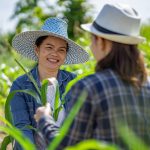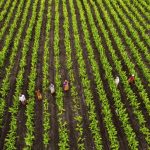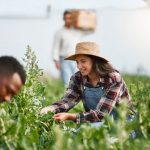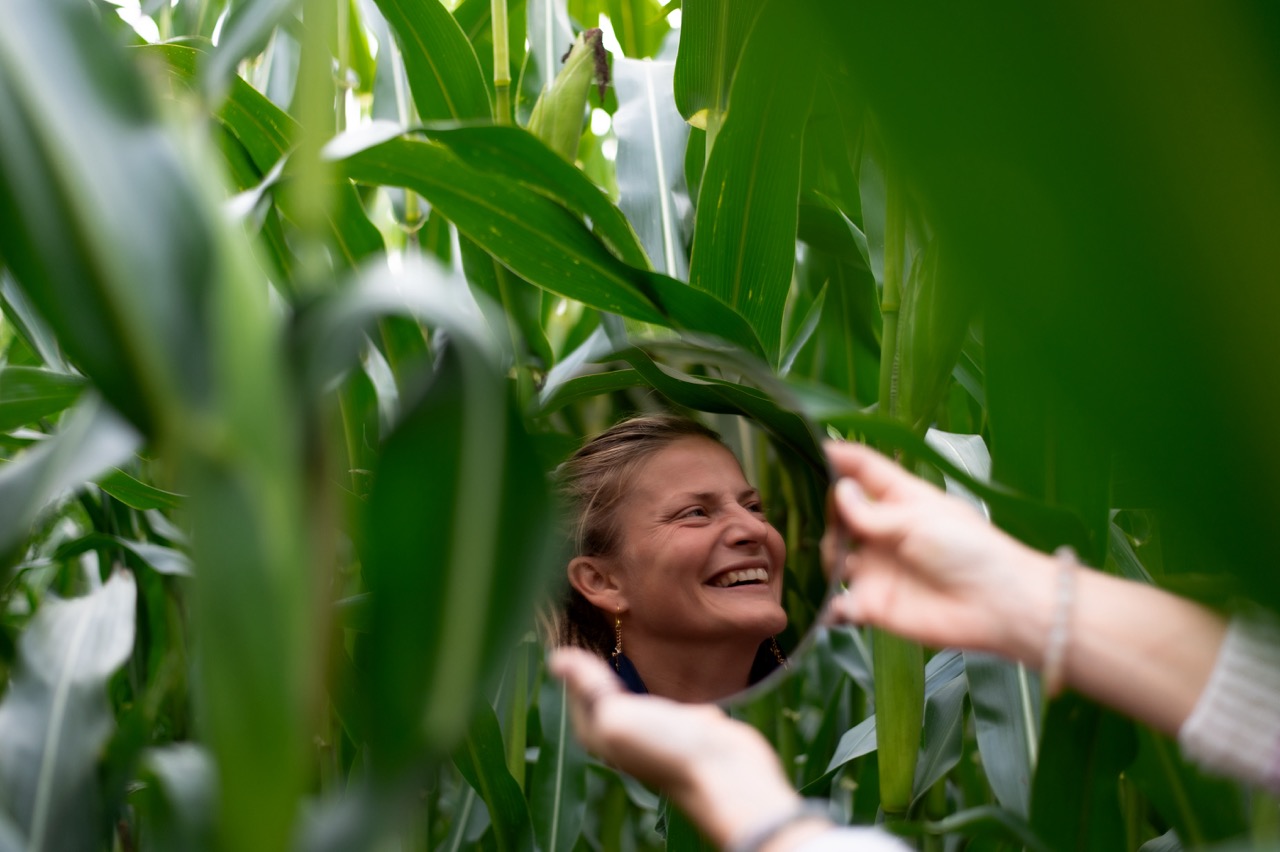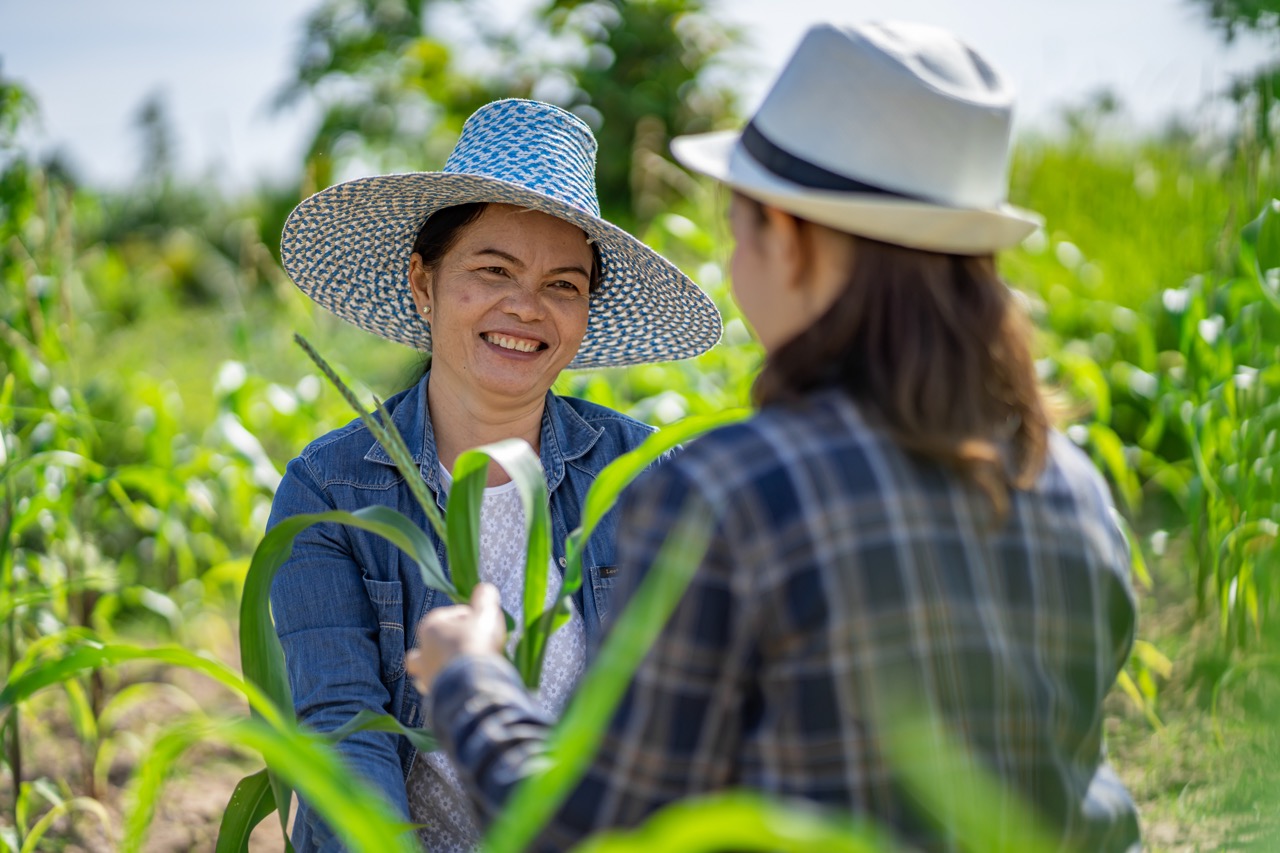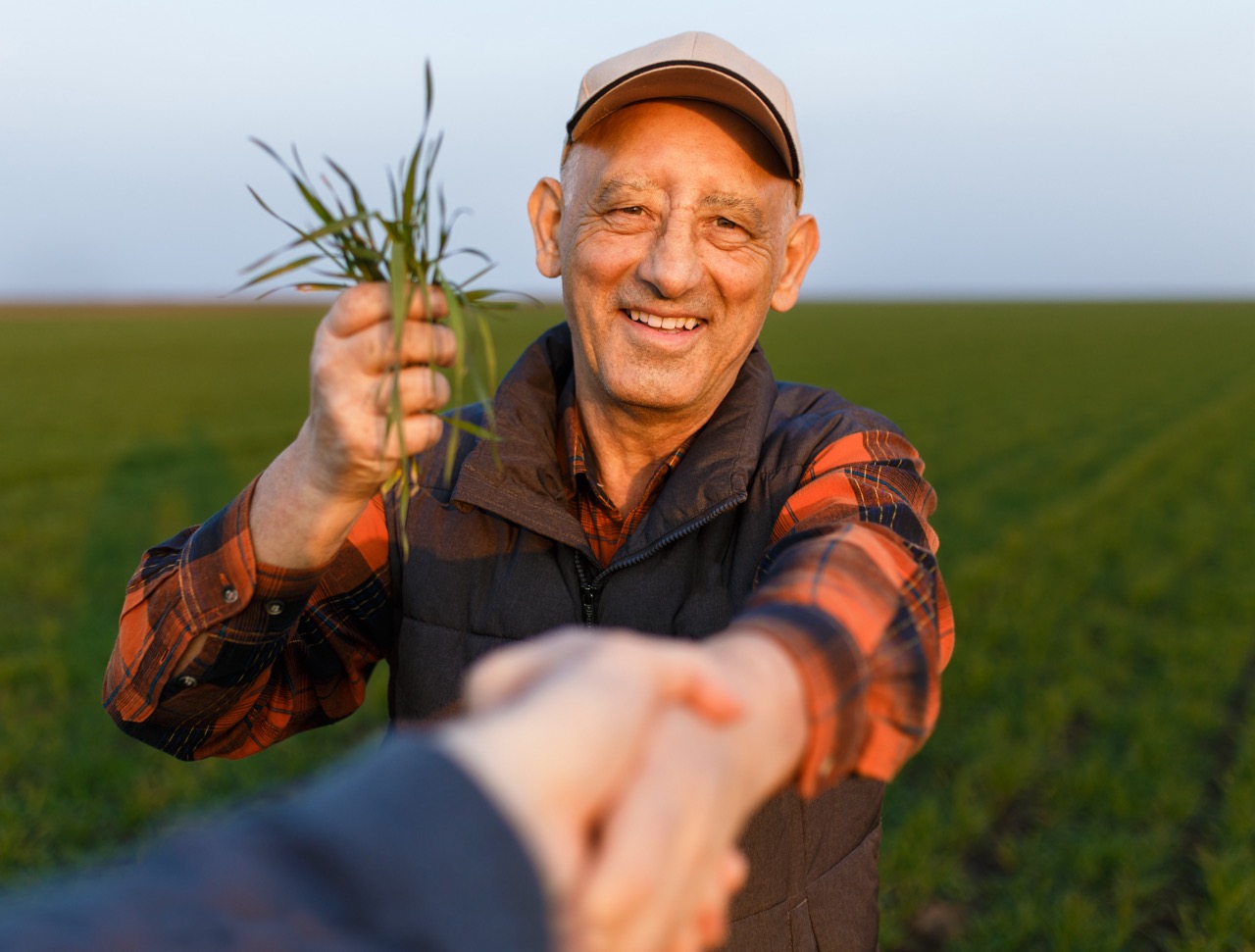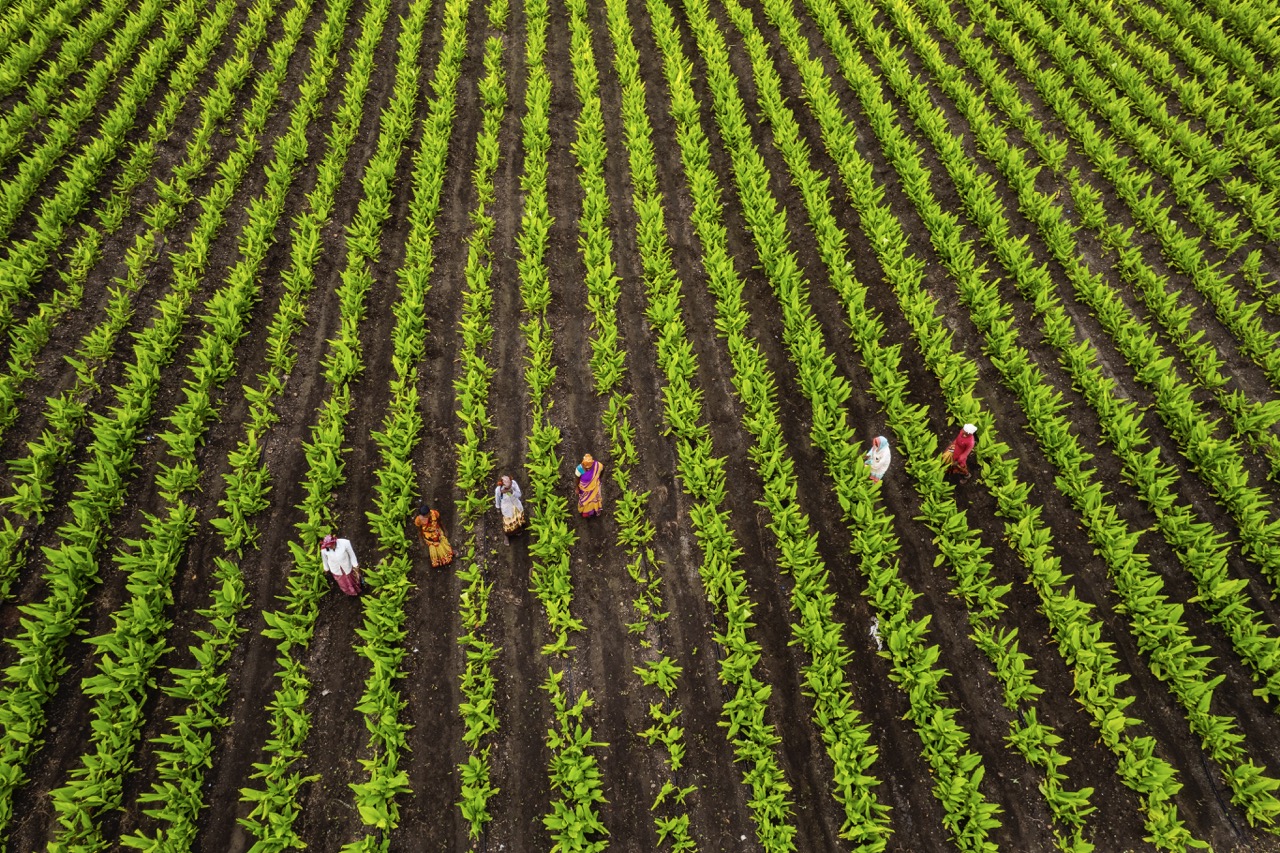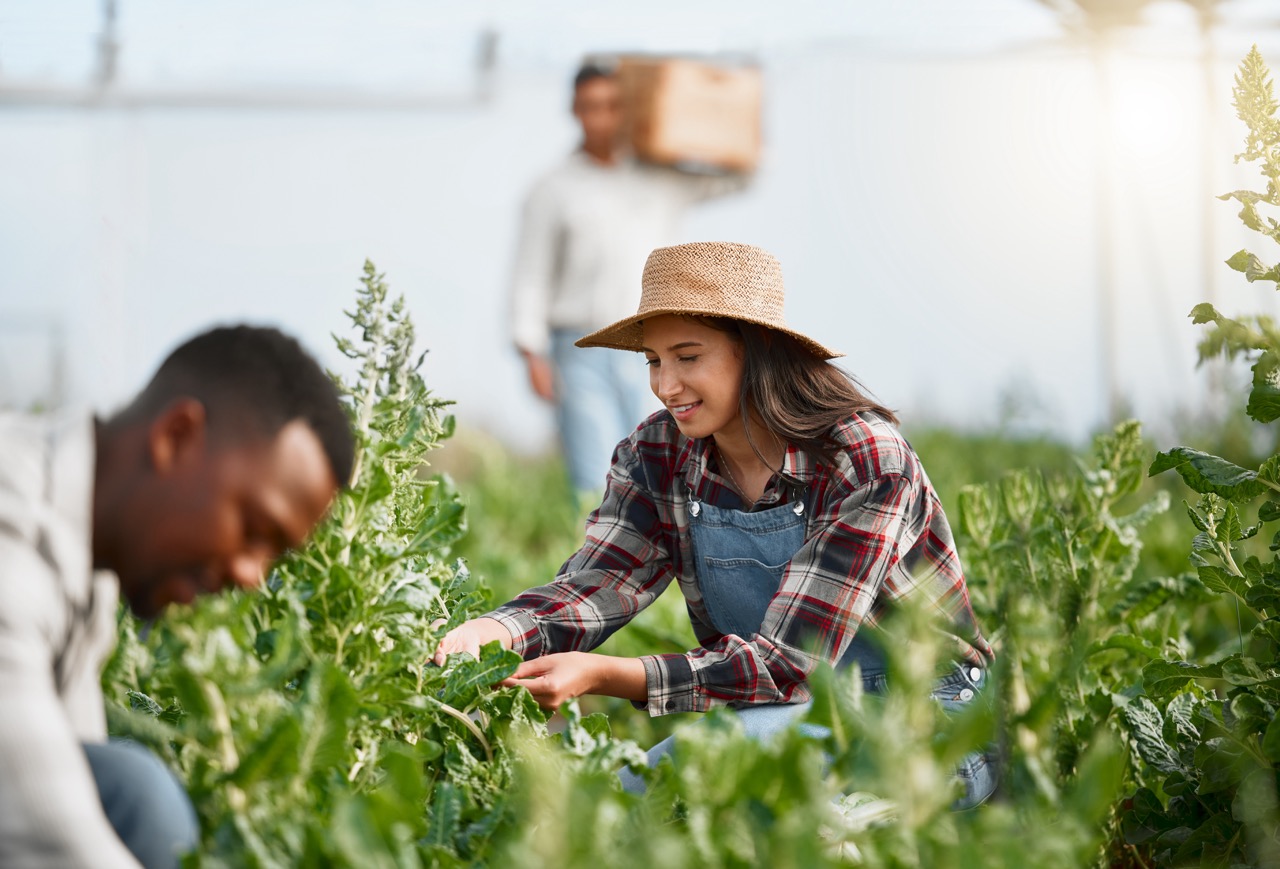Sharecropping, a system where landowners allow tenants to use their land in exchange for a share of the crops produced, remains a vital practice in smallholder agriculture worldwide. It has evolved through the centuries, adapting to the socio-economic and environmental contexts in which it exists. While it often serves as a pathway to cultivating land for those who lack ownership, sharecropping is also fraught with challenges that can limit its effectiveness and sustainability. This article delves into the role of sharecropping in smallholder agriculture, exploring its understanding, historical background, economic impacts, and future prospects.
Understanding Sharecropping: A Vital Smallholder Practice
Sharecropping serves as an essential mechanism for smallholder farmers, particularly in regions where access to land ownership is limited. Under this system, landowners provide land to farmers, and in return, the farmers agree to give a portion of their harvest back to the landowner. This arrangement allows individuals without sufficient capital to engage in agricultural production, fostering rural livelihoods and food security. It is particularly prevalent in developing nations, where the majority of the population relies on agriculture for their sustenance and income.
The practice varies significantly across regions, influenced by local customs, economic conditions, and agricultural practices. In some cases, sharecropping may involve a fixed percentage of the crop, while in others, it could depend on fluctuating market prices or input costs. Despite these variations, sharecropping fundamentally represents a symbiotic relationship between landowners and farmers, where both parties must navigate risks and rewards associated with agricultural productivity.
Moreover, sharecropping contributes to the social fabric of rural communities. It fosters collaboration among farmers and strengthens community ties as laborers often work together to cultivate shared plots of land. This communal aspect not only promotes solidarity among smallholder farmers but also enhances collective resilience against economic shocks and environmental challenges, making sharecropping an indispensable practice in many agricultural societies.
Historical Context: The Evolution of Sharecropping Systems
The roots of sharecropping can be traced back to feudal systems where peasant farmers worked lands owned by aristocrats in exchange for a portion of the produce. Over time, particularly during the transition from agrarian economies to more industrialized ones, sharecropping emerged as a response to the socio-economic needs of the time. In the United States, for example, it became widely adopted following the Civil War, as freed slaves sought means to secure livelihoods in a landscape dominated by landowners.
In many developing countries, sharecropping systems evolved through colonial and post-colonial contexts, often perpetuating a cycle of dependency and inequality. The legacy of land dispossession and unequal power dynamics created challenges for sharecropping arrangements, where tenants had limited bargaining power compared to landowners. As agriculture transformed over the last century, sharecropping has adapted but has often retained characteristics of exploitation and marginalization.
Today, historical injustices and socio-economic disparities continue to shape sharecropping practices. Various reform movements have emerged to address these inequalities, aiming to empower farmers by enhancing their rights and negotiating power. However, the complexity of historical legacies means that many smallholder farmers still grapple with the remnants of exploitative systems, which complicates efforts for equitable agricultural development.
Economic Impacts: Benefits and Challenges for Farmers
Sharecropping has a dual economic impact on smallholder farmers, presenting both opportunities and challenges. On the positive side, it allows farmers to access land without the significant financial burden of purchasing property. This access can enable food production and income generation, particularly for marginalized groups who may otherwise lack agricultural opportunities. Sharecropping also facilitates the sharing of resources, such as tools and knowledge, thereby enhancing productivity and fostering agricultural innovation.
However, the economic challenges associated with sharecropping are significant. The arrangement can often lead to precarious financial situations for farmers, who may find themselves trapped in cycles of debt due to unfavorable crop shares, rising costs of inputs, or adverse weather conditions. Many sharecroppers end up receiving a meager portion of their hard work as a significant share is claimed by landowners. Consequently, this can hinder their ability to invest in better equipment or diversify their agricultural practices, perpetuating a cycle of poverty.
Additionally, the unpredictable nature of agricultural markets adds another layer of complexity. Fluctuating prices for crops can further limit the income sharecroppers receive, thereby affecting their overall economic stability. As a result, while sharecropping provides essential access to land and resources, it can also entrench economic vulnerabilities, making it crucial for policymakers to explore strategies that can improve the economic conditions of smallholder farmers within these systems.
Future Prospects: Sharecropping in a Modern Agricultural Landscape
As the landscape of agriculture continues to change with globalization, climate change, and technological advancements, the role of sharecropping is ripe for re-evaluation. Modern agricultural practices and innovations hold the potential to transform sharecropping arrangements, improving efficiency and outcomes for smallholder farmers. For instance, digital platforms and mobile technologies can facilitate better communication between landowners and sharecroppers, fostering transparency and negotiation on crop shares and resource management.
Moreover, sustainable agricultural practices and agroecological approaches can be integrated into sharecropping systems to enhance productivity and ecological resilience. Empowering sharecroppers through training in sustainable farming techniques may lead to better yields and a greater share of profit for both parties involved. This shift could help mitigate some of the challenges faced by sharecroppers, such as input costs and environmental vulnerabilities, ultimately leading to a more equitable agricultural model.
In conclusion, the future of sharecropping will depend on reforms that prioritize the rights and livelihoods of smallholder farmers. Creating policies that ensure fair compensation, access to resources, and the ability to engage in sustainable practices will be essential to revitalizing sharecropping as a viable practice in the modern agricultural landscape. As we navigate the complexities of food systems and agricultural production, addressing the nuances of sharecropping will be key to fostering inclusive growth and combating rural poverty.
Sharecropping remains a crucial component of smallholder agriculture, reflecting both its historical legacies and contemporary challenges. While it offers pathways to land access and community resilience, the economic and social dynamics within sharecropping arrangements necessitate ongoing examination and reform. By reimagining sharecropping in light of modern agricultural practices and equitable policies, we can enhance its potential to support smallholder farmers and contribute to sustainable development in rural areas.
